THE WARDROBE SHAME
How to rebuild a European spirit, also thanks to lies,
Miracle at Sant'Anna
In 2008 Spike Lee directed Miracle at Sant'Anna, which tells of the contribution of some African American soldiers during the Second World War. Based on a novel by James McBride, it was shot almost entirely in Italy, and is inspired by the real events in Sant'Anna di Stazzema in 1944, when the SS carried out a massacre, killing 560 people, mostly women and children.The film has been accused by the ANPI (national association of Italian partisans) of revisionism because, the massacre was a premeditated act and not a retaliation, as the film asserts.
I recalled the story of Spike Lee's film, only to introduce a very controversial affair in Italy. Country where there is no common memory but only personal memories.In 1994 the military prosecutor Antonino Intelisano (who was dealing with the case against the former SS Erich Priebke) found a wardrobe with the doors facing the wall in a closet of the chancellery of the military prosecutor's office in Palazzo Cesi-Gaddi.
In 1996 a journalist from Espresso, one of the most important Italian political weeklies,Franco Giustolisi and Alessandro De Feo, began to investigate the matter with a series of articles.In 2000, the article “L'Armadio della vergogna”(THE WARDROBE SHAME) came out, an expression used to describe the story of the concealment: thirteen thousand pages and over nine hundred files, which tell the story of fifteen thousand people involved in war crimes committed in Italy during the occupation Nazis and Fascists.
As you may recall, Italy participated in the Second World War alongside Germany and Japan. In 1943, after a fair and clear defeat, he asked the Allied troops for an armistice and Italy from 8 September 1943, he was in disarray for the ignorance of military leadership and the cowardice of the monarchy. Thus Italy became a country occupied by Nazi troops with the support of the fascist Republicans of the Republic of Salò.
Incipit of The wardrobe of shame
Evelina. Sant'Anna di Stazzema, 12 August 1944. At three in the morning she was sure that her third child was about to be born. Her husband had been away for a few hours to look after the beasts. Then Evelina Berretti Pieri asked a neighbor to call her the midwife. But the column of Captain Anton Galler was faster. Before joining the SS he was a baker. But he changed jobs: it was he who acted as an obstetrician. Or one of his men. The former rabbi of Rome Elio Toaff, displaced from those parts, ran to see what had happened in Sant'Anna. On the square of the Church there was a heap of corpses (then, only there, they will count 132) burned. In the twilight of the evening he caught a glimpse of a woman sitting in a chair. It was Evelina. They had gutted it. The fetus of that little child ever born, still tied to the mother by the umbilical cord, was on the ground. As a final touch he was shot in the head.
Evelina's husband had been slain with his brothers a few yards away.
Evelina. Sant'Anna di Stazzema, 12 August 1944. At three in the morning she was sure that her third child was about to be born. Her husband had been away for a few hours to look after the beasts. Then Evelina Berretti Pieri asked a neighbor to call her the midwife. But the column of Captain Anton Galler was faster. Before joining the SS he was a baker. But he changed jobs: it was he who acted as an obstetrician. Or one of his men. The former rabbi of Rome Elio Toaff, displaced from those parts, ran to see what had happened in Sant'Anna. On the square of the Church there was a heap of corpses (then, only there, they will count 132) burned. In the twilight of the evening he caught a glimpse of a woman sitting in a chair. It was Evelina. They had gutted it. The fetus of that little child ever born, still tied to the mother by the umbilical cord, was on the ground. As a final touch he was shot in the head.
Evelina's husband had been slain with his brothers a few yards away.
[Franco Giustolisi, L'armadio della vergogna, Nutrimenti, Rome 2004. ISBN 8888389180]
parliamentary committee of inquire
A parliamentary commission of inquiry was opened which worked between 2003-2006, the researcher Alessandro Borri reconstructed the guidelines that follow the commission:
A parliamentary commission of inquiry was opened which worked between 2003-2006, the researcher Alessandro Borri reconstructed the guidelines that follow the commission:
1-The so-called "Atlantic track", according to which the trials against the German leaders would have been stopped to maintain good relations with the Federal Republic of Germany (West Germany), which in the period of the cold war was assuming a role of barrier to the cultural advance and Soviet politics;
2-the so-called "Yugoslav track", already anticipated by the studies of the historians Klinkhammer and Focardi, according to which a delaying line would prevail against the German defendants, to save our soldiers accused of violence in Albania, Yugoslavia, Greece and Ethiopia;
3-The so-called "secret service track", to demonstrate the link between immunity and activity carried out by former Nazis and fascists within the Western secret services.
Source taken from Wikipidia.
From 16 February 2016 all the documents can be consulted on the historical archive of the Chamber of Deputies (only in Italian):
Translation of the above document
General Military Prosecutor of the Republic
(procedure office against German war criminals)
The military attorney general
In view of the deeds relating to the matter in question, issue number 1288, the office without a reference, since despite the long time elapsed since the date of the aforementioned event, there were no useful activities to identify their authors and for the functionalities of and to ascertain responsibility.
order
the provisional filing of the documents
Rome 14 January 1960
(procedure office against German war criminals)
The military attorney general
In view of the deeds relating to the matter in question, issue number 1288, the office without a reference, since despite the long time elapsed since the date of the aforementioned event, there were no useful activities to identify their authors and for the functionalities of and to ascertain responsibility.
order
the provisional filing of the documents
Rome 14 January 1960
the military attorney general Mario Santa Croce
"It will be a parliamentary commission of inquiry to establish who was politically responsible for the decision to leave unpunished the war crimes committed against Italian citizens. The causes of the cover-up maneuvers implemented by the General Military Prosecutor, as he recognized the same Council of the military magistracy, were in fact essentially political: first and foremost, and initially, stealing thousands of Italian war criminals from the trials that, if extradited, awaited them in the various countries occupied by fascist Italy, thus contributing to the removal from the memory of Italians of the role of an aggressor from Italy in the conflict. So do not bother with the memory of German crimes the rearmament of democratic Germany within the Atlantic alliance.It is impossible to determine precisely, according to available documentation, when the raison d'être prevailed over the desire for justice, inducing the magistr military establishment to hide the documentation collected on German crimes in the now famous "wardrobe of shame", whose story is reconstructed by Giustolisi in the first part of this book. 695 files that, often accompanied by the generality of the alleged offenders, and collecting the testimonies of the survivors; as well as the interrogations carried out by the Allied military authorities, they would have allowed, in 1947, that is when they should have been forwarded to the competent military prosecutors, to do justice to 2273 episodes, including violence, massacres and murders carried out by German occupation troops, in many cases with active complicity of those republicans. The discovery of those papers in 1994, which are, albeit without any claim to be exhaustive, analyzed in great detail in the second part of the book, has today allowed new investigations to be launched, in spite of a thousand difficulties, and in some cases finally celebrating the trials. "
di Cesare Panizza tratto dalla rivista "L'Indice"
di Cesare Panizza tratto dalla rivista "L'Indice"
Una studiosa Isabella Insolvibile mostra come molti eccidi In Italia e all'estero, rivelati dal giornalista dell'Espresso Franco Giustolisi, non siano stati oggetto di alcuna indagine. I casi furono archiviati per non danneggiare le relazioni italo-tedesche.
Massacre of Sant'Anna di Stazzema, the Fosse Ardeatine, Marzabotto, Kefalonia, the rice field of San Sabba. And then: documents on the Italians deported to Lower Saxony, on the massacre of two thousand Italians near Borek. And the secret papers of the SISMI, including the note on Kappler's escape and the role that the Odessa organization played there. There is a list of Nazi judges who made a career even after the war.
And documents that concern us as perpetrators: for example, those on General Mario Roatta in the occupied territories. There is also a reminder of the command of the British secret services, entitled Atrocities in Italy, with the secret stamp. On 13 January 1960, with an "illegitimate and illegal" act, the military general prosecutor Enrico Santacroce put on many of those files the stamp: "Provisional storage".
And documents that concern us as perpetrators: for example, those on General Mario Roatta in the occupied territories. There is also a reminder of the command of the British secret services, entitled Atrocities in Italy, with the secret stamp. On 13 January 1960, with an "illegitimate and illegal" act, the military general prosecutor Enrico Santacroce put on many of those files the stamp: "Provisional storage".
Three ministers of the Italian republic made this choice materially:
Gaetano Martino
https://en.wikipedia.org/wi...
https://en.wikipedia.org/wi...
Paolo Emilio Taviani
https://en.wikipedia.org/wi...
https://en.wikipedia.org/wi...
https://en.wikipedia.org/wi...
This political choice, full of moral responsibilities, was the right choice. Because it allowed us to look ahead, to build a new European spirit where revenge, revenge was not the only reason that bound us. New European institutions were built, relations were consolidated, until the establishment of a European parliament, the free movement of goods and people. Creating a mutual exchange of students through the Eramus program
.As an Italian, the only bitterness I have left is the fact that after so many years the Italian war criminals have not been clarified. Certainly not to send people to prison who are now or have died or are over eighty years old, but to take on our responsibilities both in Italy and abroad where we have fought: building a collective memory is essential to avoid the same mistakes. we owe to the victims. For several Italians there has been a collective removal of our responsibilities in the Second World War.In the coming months the European elections will take place, with the risk that the spirit with which Europe has been rebuilt, at the cost of a very high price, is wiped out.@massimodibona:disqus
.As an Italian, the only bitterness I have left is the fact that after so many years the Italian war criminals have not been clarified. Certainly not to send people to prison who are now or have died or are over eighty years old, but to take on our responsibilities both in Italy and abroad where we have fought: building a collective memory is essential to avoid the same mistakes. we owe to the victims. For several Italians there has been a collective removal of our responsibilities in the Second World War.In the coming months the European elections will take place, with the risk that the spirit with which Europe has been rebuilt, at the cost of a very high price, is wiped out.@massimodibona:disqus
https://en.wikipedia.org/wi...
http://espresso.repubblica....
http://www.sissco.it/soci/i...
https://vanessaroghi.com/
http://espresso.repubblica....
http://www.sissco.it/soci/i...
https://vanessaroghi.com/
PS Sorry,there are few sources in English.


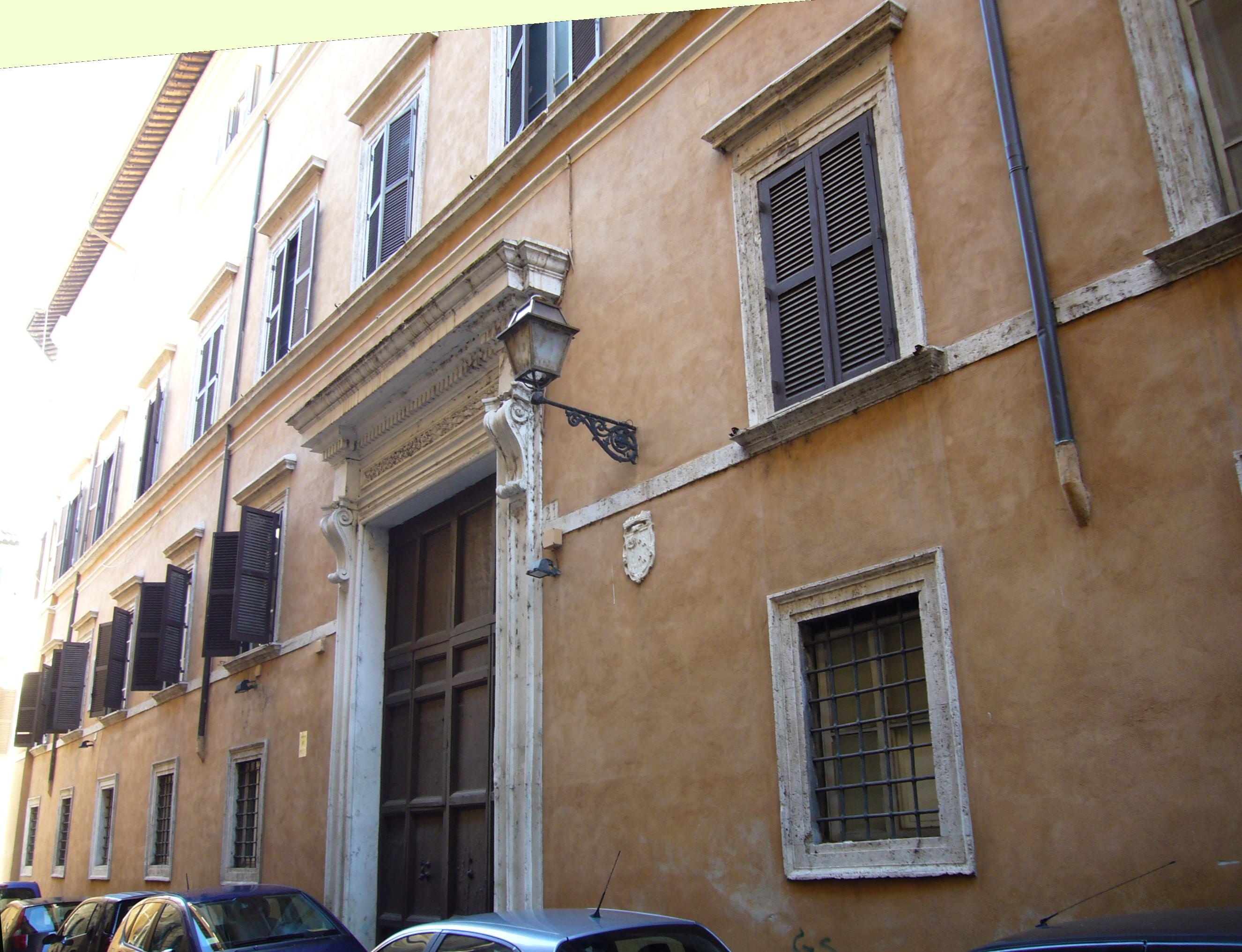
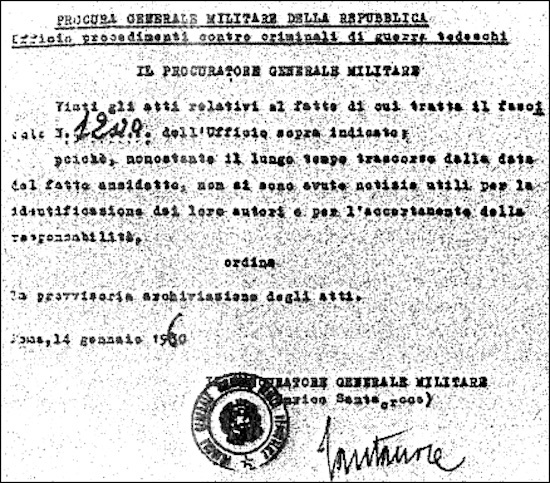
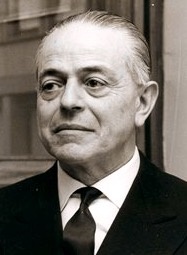
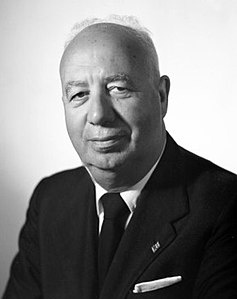
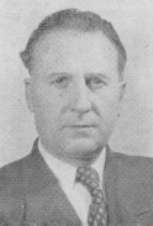
Commenti
Posta un commento